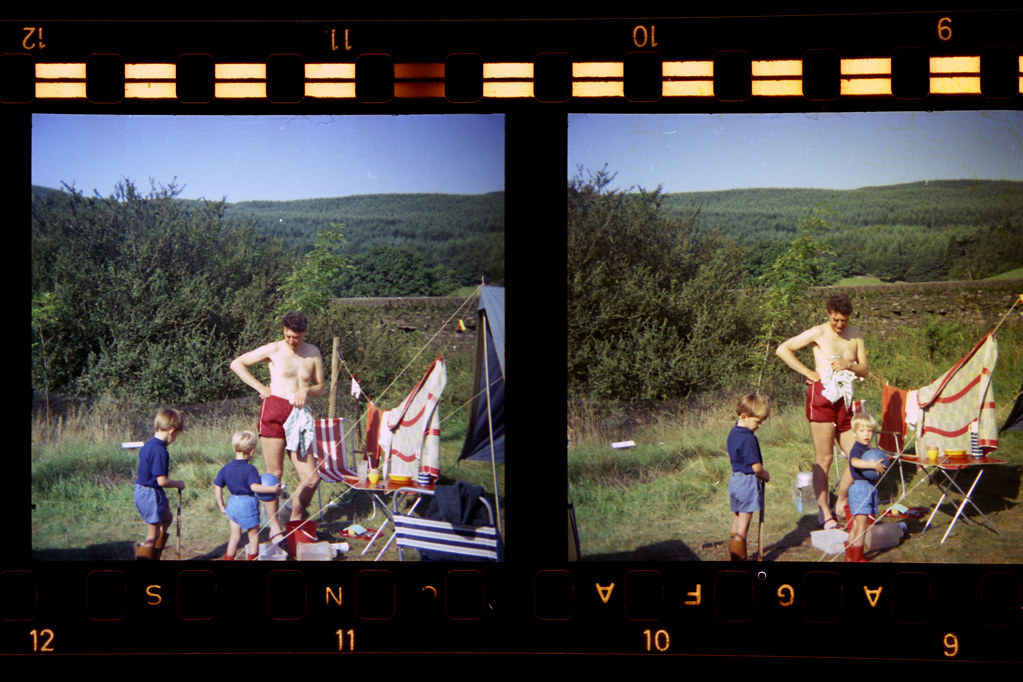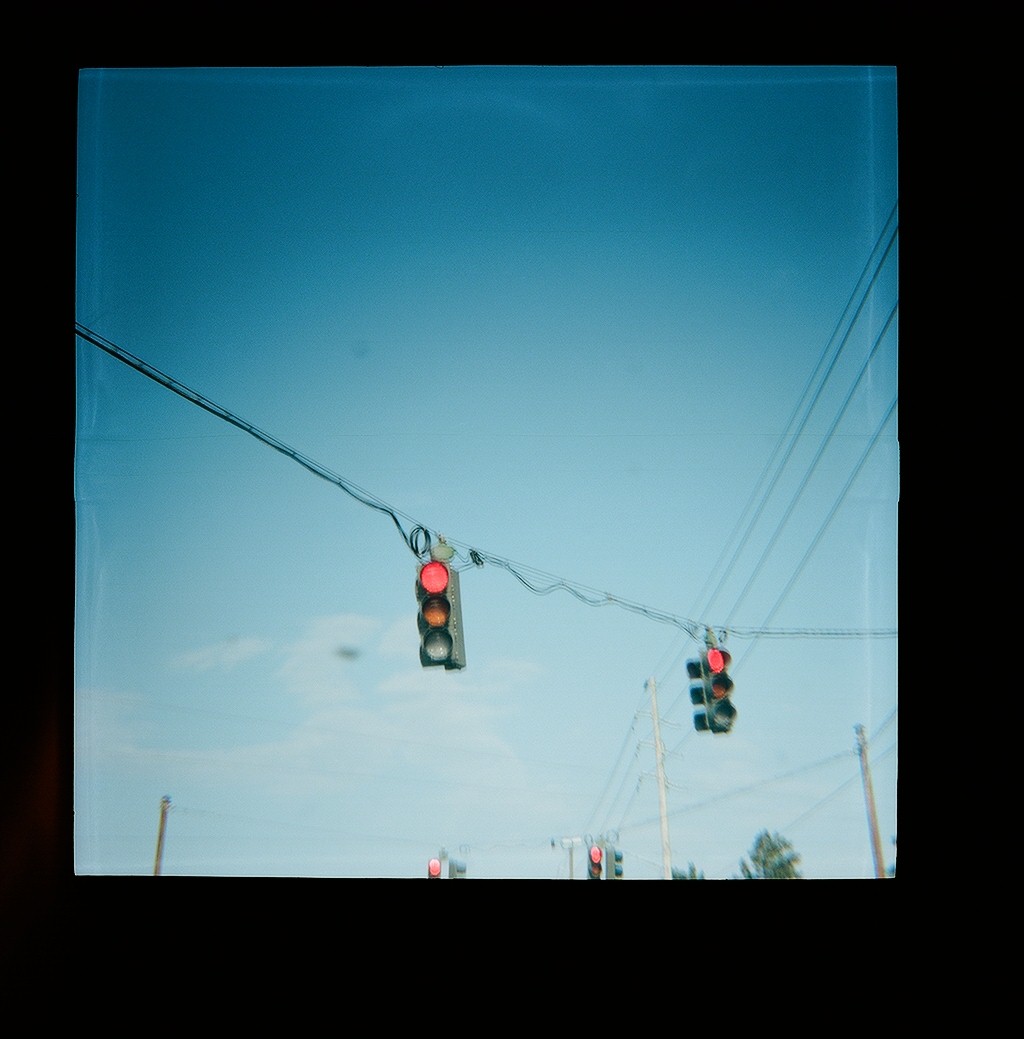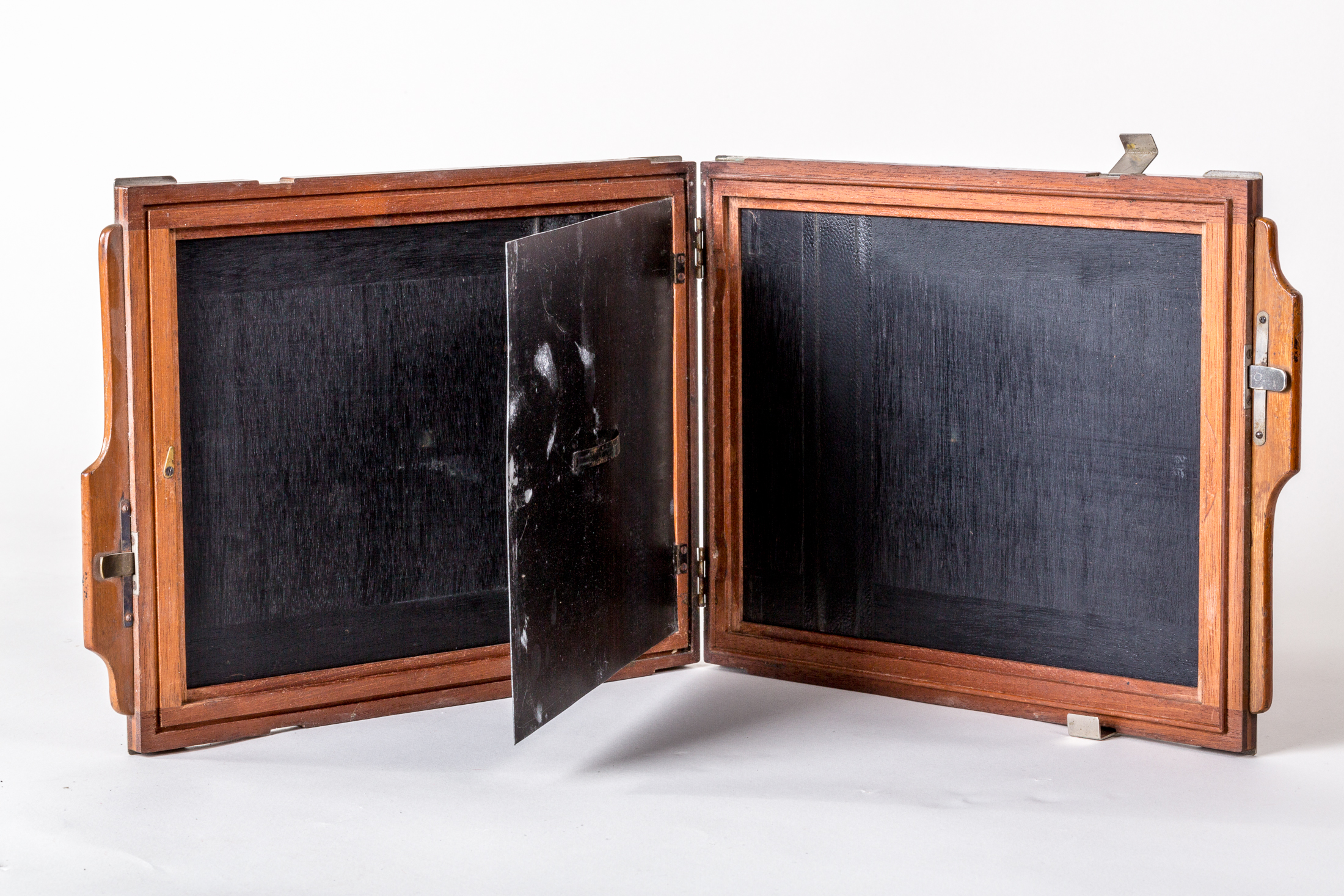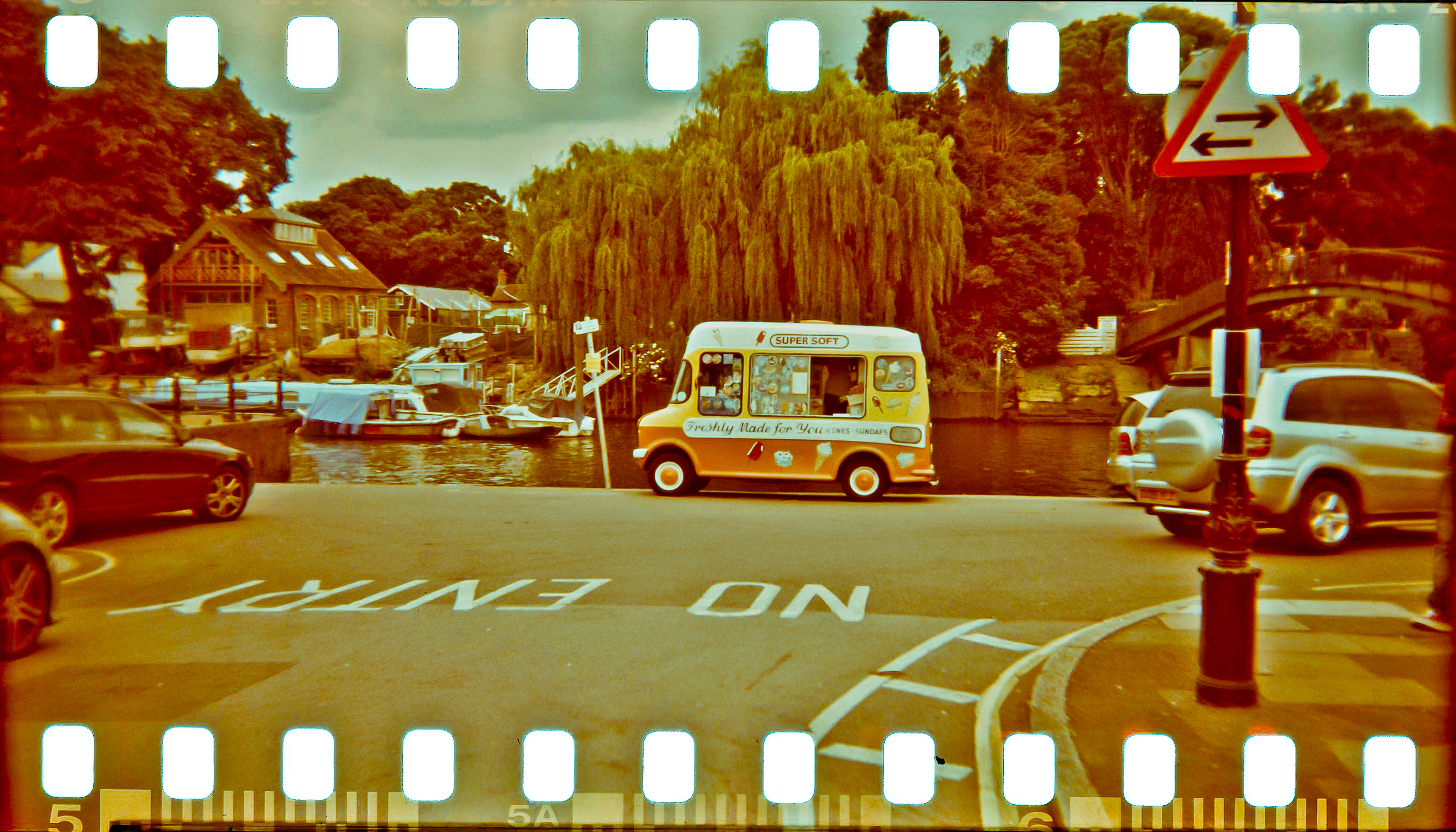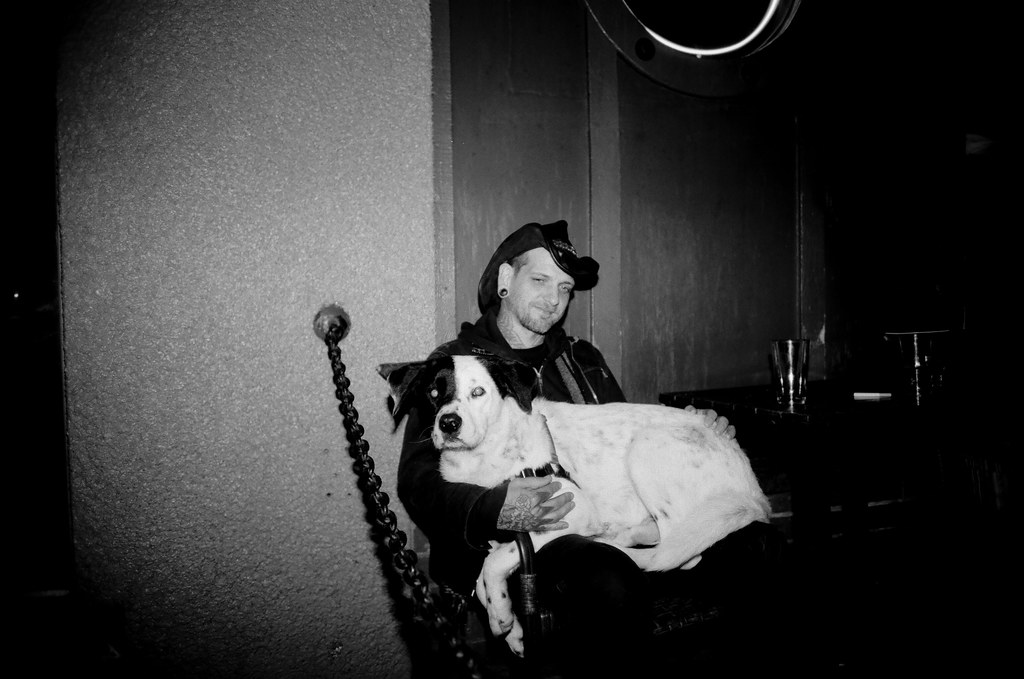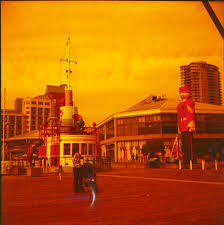-
Home
>
-
Guides
>
-
Film Formats
When it comes to choosing a film camera, it’s important to remember that
different cameras shoot different kinds of film. Basically, a film’s
format is the size of the film. The most popular formats, and also the
most widely available, are 35mm, medium format and large format. Some
other, lesser-used formats such as 127, 110 and APS, are available, but
they aren’t as easy to get hold of.
The difference in size between the formats has a big impact on the final
image you will get. The smaller the format the more visible grain there
is. These films also tend to have more variety. Large format film will
give you more detail and very little grain, but your options are more
limited.
Considering what film format is best for you is a vital step when it
comes to picking the right camera. This is because a camera will only
work with one type of film. Our guide to film formats will help give you
an idea of why you would pick one format over another.
